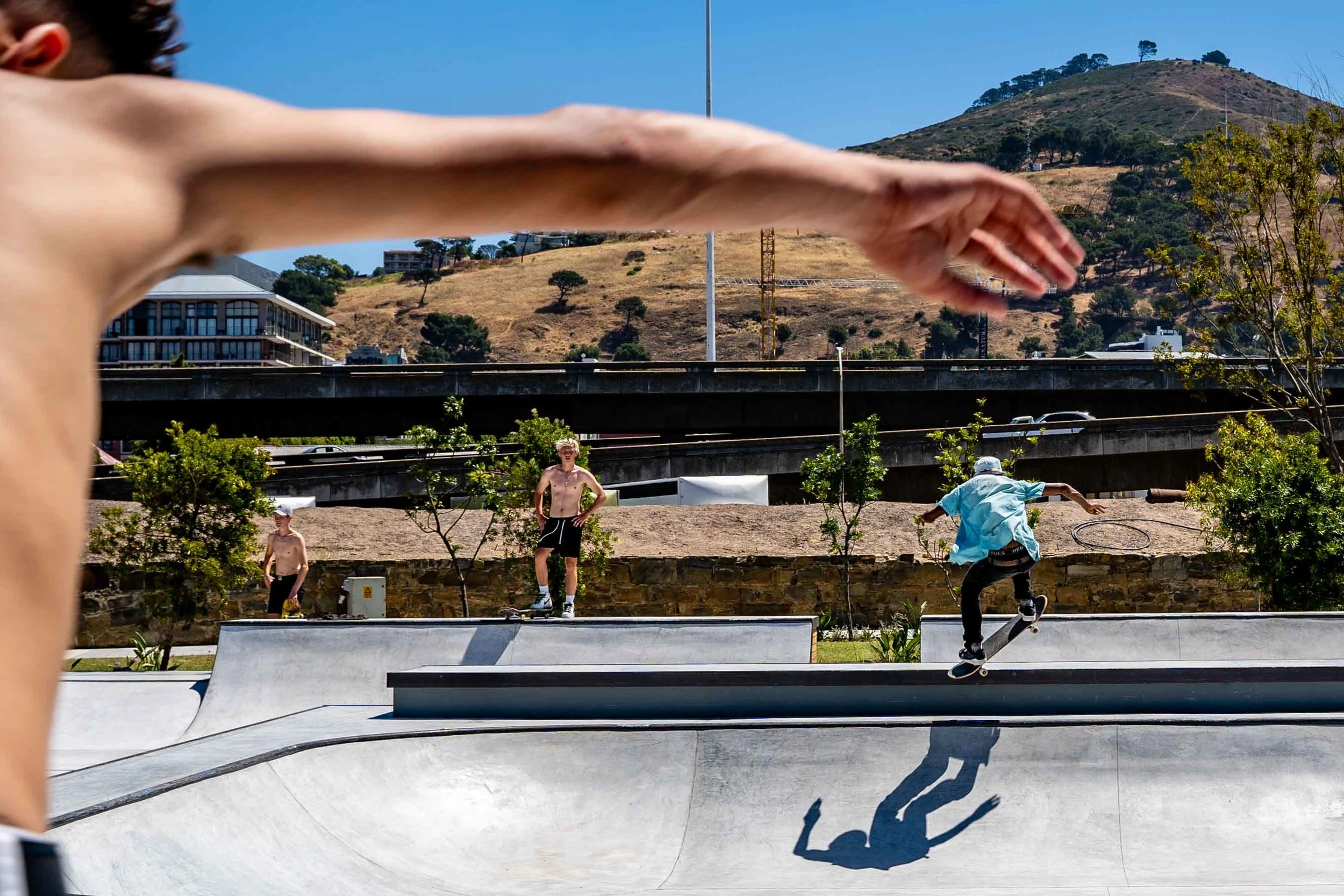

























As a Co-Founder of the Swiss based not-for-profit organisation WASSER FÜR WASSER (WfW), I have been involved in developing projects in Lusaka over the past five years. This engagement provided a chance to gain new insights of the very diverse challenges that fast-growing African cities are facing.
On the one hand, there is a rapid influx of urban dwellers coming in from rural areas or migrating from other countries, driven by poverty and attracted by the hope of a new life with regular wages and modern technology. Most of the cities understandably are not able to absorb this fast urbanization. The creation of high-density neighborhoods with poor housing and services as well as high crime rates are almost an inevitable consequence.On the other hand, a growing middle and upper class demands higher living standards and security. Over-sized shopping centers, various entertainment amenities and high security gated communities are mushrooming. This results in cities with parallel structures and manifold daily realities.
Arriving in Cape Town with the sole intention of improving my English, I quickly realized that Cape Town was different from what I’ve seen so far. Still deeply scorched with the colonial and the apartheid legacy, the Mother city appeared to me as pinnacle of separation and inequality. Although much has been achieved since independence in 1994, South African society, and especially South African cities like Cape Town, are still shaped by great social division and race issues, unequal distribution of wealth and access to education as well as basic services.
Soon the wish arose to find an expression for the visible contradictions and apparent public tension I felt in the city. Many walks through parts of the city and numerous discussions with “Capetonians” help me to get grasp of the multi-layered nature of the social and racial disparity this city lives in. Time and again I felt the deep longing of the people to change the situation for the better, but at the same time a sense of feeling overwhelmed due to the sheer size and complexity of the problems the city and the country as a whole is dealing with. Obviously in a place with such a disturbing history, positive change needs generations and the combined effort of many great women and men. Or as Nelson Mandela put it:
“Our human compassion binds us the one to the other – not in pity or patronizingly, but as human beings who have learnt how to turn our common suffering into hope for the future.”
In order to give my above-mentioned desire a framework and at the same time to look deeper into my favourite medium of expression, photography, I spontaneously signed up for a short course at the Cape Town School of Photography. In an intensive process I shifted my attention more and more from dividing to uniting factors. As division is mainly man-made, I felt that something beyond human aspiration could serve as a symbol of unity. At last I found a table who unites them all – the Table Mountain and its not less impressive little companion, the Lions Head – which together tower over the city and its inhabitants. Whether you’re living in the Cape Flats, in Woodstock or in Green Point, the beauty and transcendence of this unique scenery is accessible to everyone and serves as uniting element in the cluster of diversity of Cape Town.
Finally, I spent seven consecutive days walking the streets of Cape Town with my camera, documenting the city from my very own perspective as an outsider and trying to find uniting aspects of human life: family, work, the yearning for pleasure and the veiled absurdity of our daily human experience and common suffering – and in many cases overseen by the royal scenery of the Table Mountain and the Lions Head.
November 2018

Blaise, District Six
For more than 24 years, Blaise have been living on the streets of Cape Town. When I met him on a Friday evening he was reading in the newspaper about the latest forest fires in California.
“People are suffering around the world. But nothing is worse then the lack of opportunities to unfold your human potential.”